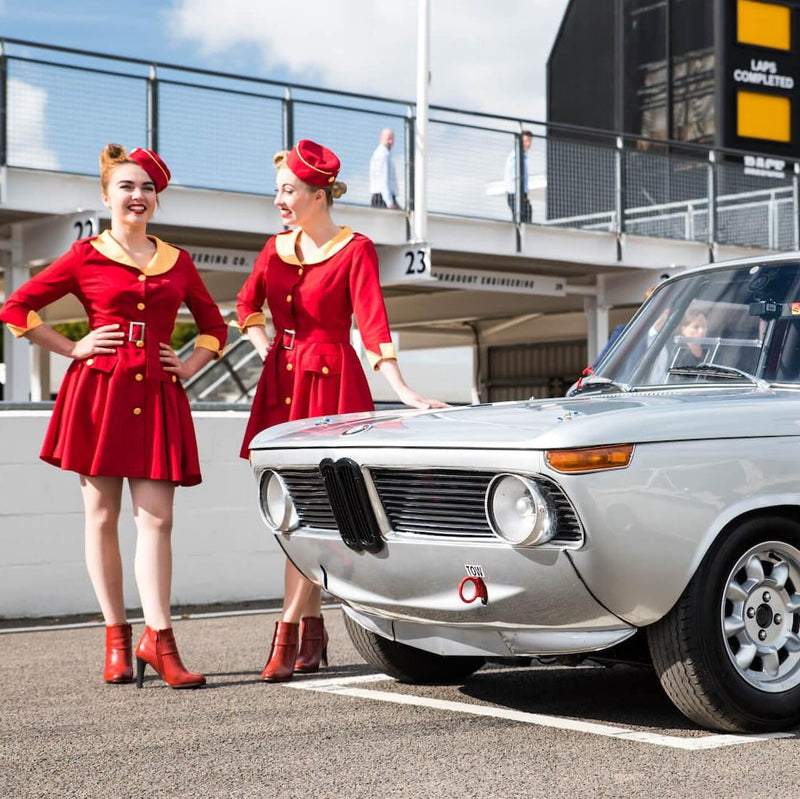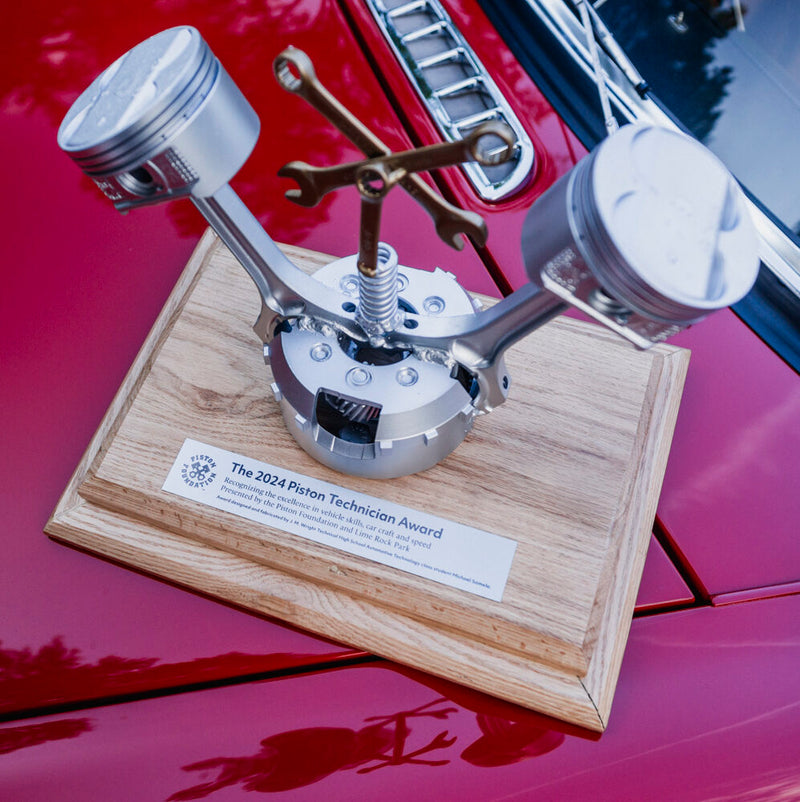For many, Adenau is essentially a mental image of a small scenic town in Germany: there are cobblestones and medieval wooden buildings and Catholic cathedrals and you can smell sausage and other meats at dinner time from just about every restaurant. And though the full-time population floats at around just 3,000, hundreds of thousands of people visit the idyllic spot each year.








While quaint and cute the town may be with its half-timber buildings leaning on one another like a page out of some traveler’s guide, it is not the charm of this nestled cluster of restaurants and shops and homes that brings so many cars down the main road. You’ll still see some tourists in new rental hatchbacks and some locals with their slightly older hatchbacks, but unlike other out-of-the-way little towns in Germany’s mountainous countryside you’ll also spot some real horsepower.
Check the hotel listings for a stay in Adenau and you’ll find a lot more mentioning “motorsport” and “Nürburgring” than most. Bakeries use spent slicks in their window displays. The downtown grocery store has checkered flags and pictures of pitstops around the interior’s entire perimeter. There are more rental car shops that offer more cars with roll cages than without. This is because the main draw of tourism here is a special bunch of tarmac and fencing. A bunch of tarmac and fencing that comes together to form the Nordschleife.


As a fan of cars/gearhead/petrolhead/whatever you want to call it, there’s a unique and kind of weird feeling you get walking around this place. It’s weird because there’s a good chance that everyone you see milling around the town’s square or in the shops is there because they’re waiting for the ‘Ring’s schedule to shift toward open driving time, or else have been dropped off there, also because of the open driving time. It’s also weird because it sort of feels as if it’s a designed component of the track “experience,” like some Ecclestonian prop: “It would be fun for the fans if there was this quintessential Eifel village they could visit to justify the trip to the race to their less-interested spouses.” Of course this is not true, but the sense that it is only adds to the strangeness that comes from the fact that the town is much older than the track that is its most famous feature. Is this "cultural appropriation?" Did the track take over the town?
Who's to say? Perhaps the town would have ceased to exist at all were it not for theNürburgring. It probably still would, but it wouldn't likely be the same. To those who might bemoan the brutishness of racing cars for characterizing Adenau in its contemporary life, why is that such a bad thing? After all, weren't many of our beloved cities and pastoral castle villages the world over originally some sort of strategic point of war? Is it a travesty that one town in Germany is now associated with the ultimate symbol of human whimsy? Racing cars for fun? It's a juxtaposition, this track and this town, but it's more like a combination of the old and the new rather than a contest between them.










Maybe it still is a point of contention with the locals and those with ancestry from here, but walking around on a regular day in the summer, I don’t think the town minds the fact of the track. Its identity is tied to it in the minds of most people who've heard of Adenau, but the place hasn’t turned into a totally kitschy version of a big gift shop either. It strikes the balance well: there are race shops and car dealerships capitalizing on the location, but there are also those residents who run the pubs that don’t feel the need to have ‘Ring-branded napkins or menus too, and there are businesses that have absolutely nothing to do with tourism of any kind too.
But that said, it’s hard to extricate completely, and the storekeepers ask often if I’m there for the track (buying a Hot Wheels from the kids section of a department store probably begs that question though), the hardware store sells toasters that will singe the course’s famous outline into your morning bread and routine, and a good number of the cars in the hotel parking areas are going to be kissing the curbs of the 14-mile course as it passes through the tricky section of Adenauer Forst (the forest of Adenau) nearby. There is one main strip of road that leads in and out of the town, and its fitting then that from one end you must pass under the Nürburgring. The two places are intertwined, and like the building-to-building banner says, Adenau is, Ein Stück Nürburgring.



































































